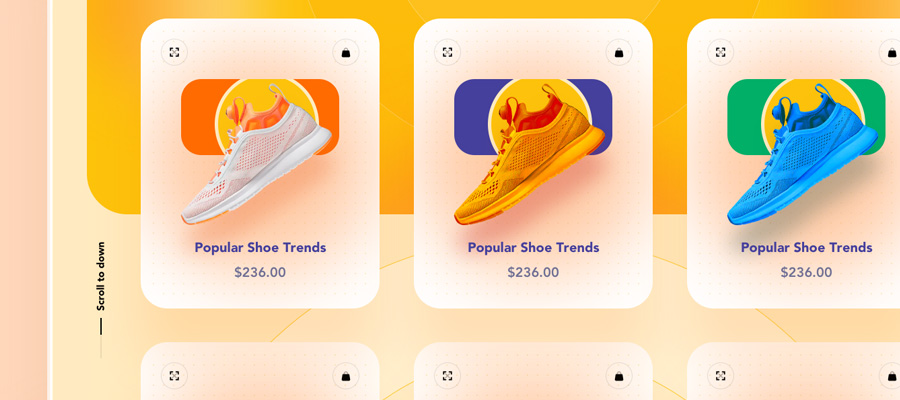With Internet sales growing, it’s becoming more urgent than ever to move your business online. But which software is best for your potential store? Check out our article for help in making that choice.
The first steps to owning an online store
Nowadays, every entrepreneur knows that transferring business online is not only an option but a necessity. Shopping online has become massively popular in the last decade, so all companies are trying to make their own move into the world of online stores. Competition is high but so is demand, so this creates a wonderful opportunity to become relevant for a whole new targeted area of customers. The first and maybe the most important choice when moving online is to decide what engine to use for the store. “Open source vs SaaS” is probably one of the most popular questions you might stumble upon on some economic forums or FB groups for entrepreneurs.

E-commerce illustration Platonova Alina
In this article we’ll try to explain the differences between them and hopefully help you choose the right one for your business. A side note: One of the factors that might influence your choice is the popularity of Open Source software. Here you can find a list of the most used open-source ecommerce platforms. But now, let’s move on with the facts.
SaaS software for an online store
Let’s start with a simple definition. The SaaS model (Software as a Service) is a piece of software stored on the servers of its distributor. The entrepreneur pays for the service, enabling them to do business via the SaaS model. What’s important here is that a company has a chance to run its store for a test period of time and check if it meets expectations. The advantage of such a solution is the access to several free graphic themes, which can be modified in the administration panel.
This software is especially convenient for entrepreneurs because their only responsibility is to pay for the service. It’s the distributor’s job to keep the software updated and fully hosted. There is always guaranteed support should there be any breakdown or crash. The distributor is solely responsible for fixing all kinds of issues. To put it simply: in the SaaS model you pay for peace of mind. The distributor not only takes care of all mentioned cases but also makes their subdomains available to the clients. This way, you don’t even have to own your domain before choosing this model.
Of course, there are certain downsides to this solution. The biggest is that you don’t
influence in any way how the store is optimized, which can be a huge issue when it comes to making your store SEO-friendly. Apart from that, if you wish to apply a custom made graphic, you can only use the services of the distributor's programmers, which is a big expense. Now let’s see what the case is with the alternative software.
Open Source software for an online store
If you decide to use the open source model, you get free access to the shop’s software - it is available on the manufacturer’s website or as an installer in your hosting account. The most important advantage of this solution is that you do not have to pay a monthly fee for access to the store or updating its software. What’s more, the possibilities of shop personalisation and optimisation are enormous. In that way you can make sure that your store is visible on the Internet thanks to SEO audit guidelines.
Nevertheless, this solution comes with certain disadvantages, just as any other would. The most important is that to keep the software updated and your project running smoothly, you need to pay extra money for several types of services. If you don’t know anything about programming, you should hire someone who does. Not only that, but you also have to pay for hosting and domain services. In the case of a breakdown you have to manage on your own, which means that you have to pay experts to solve these kinds of issues on a regular basis. And because you have to search for the solutions on your own, there is no guarantee that the store will run safely and be stable at all times. And as we know, business doesn’t like stagnancy.
Now it’s up to you to decide which option speaks to you better. Depending on your business model and the type of store you wish to create, you might consider the different plusses and minuses of those two. In any case, be sure to get proper advice before making technology-related decisions.




















